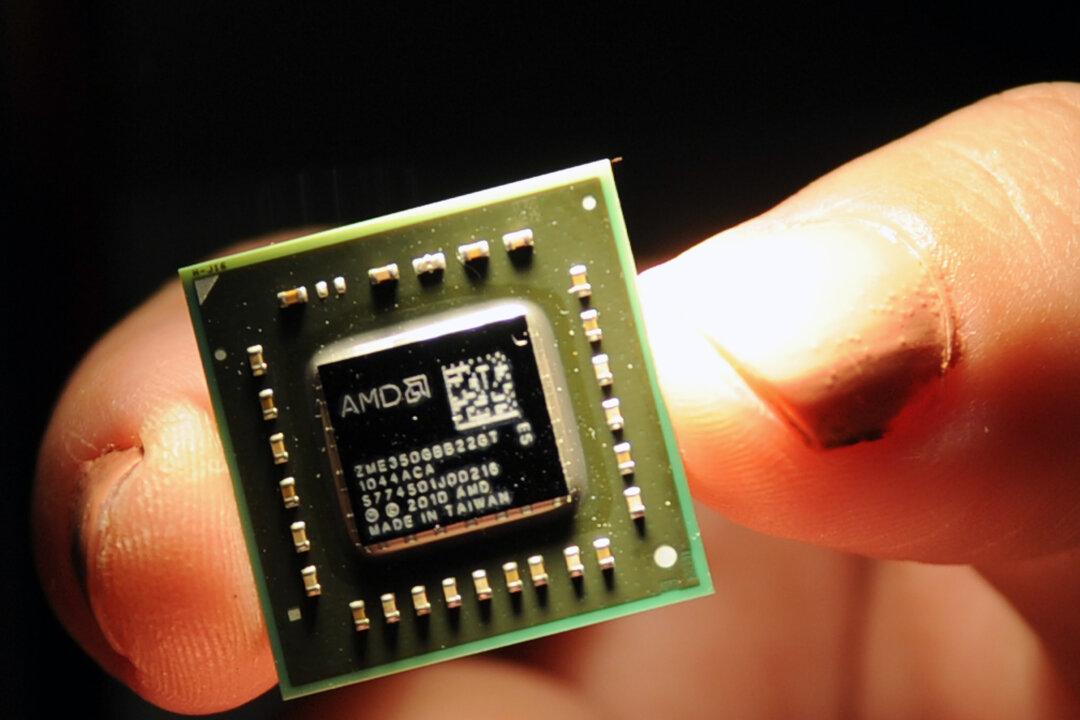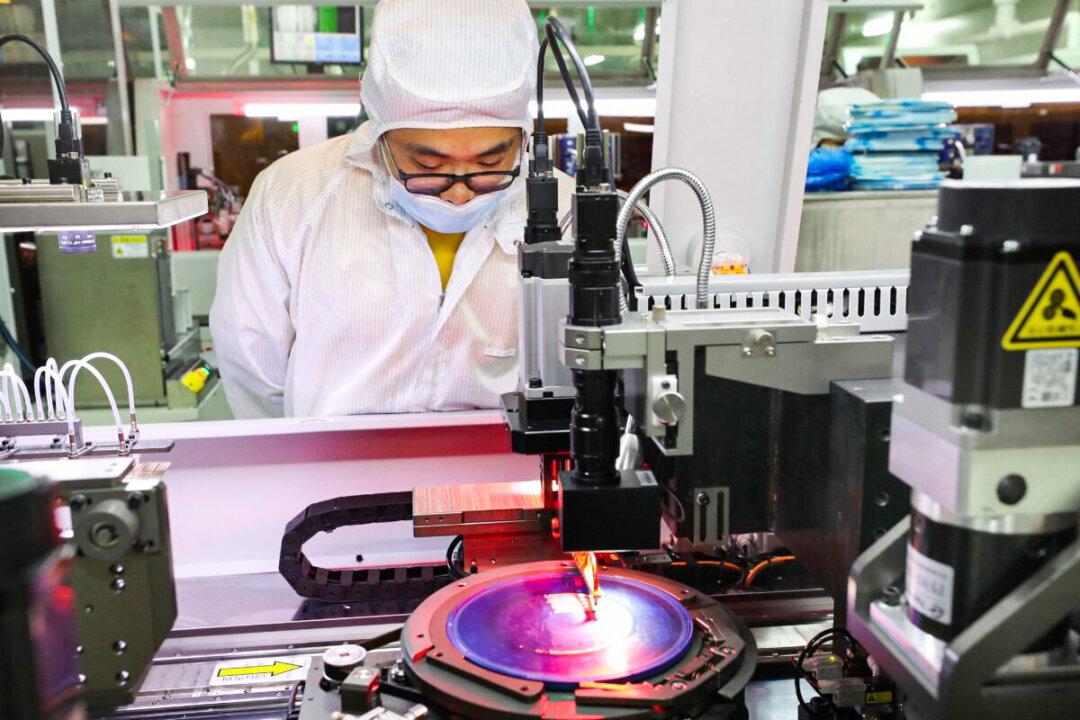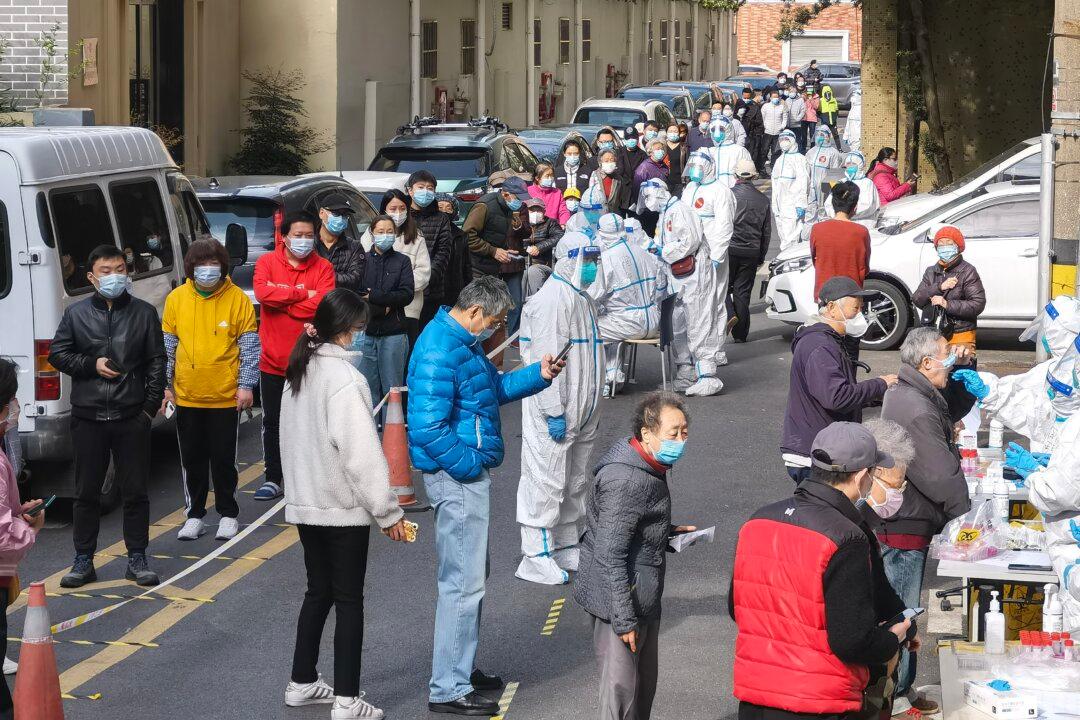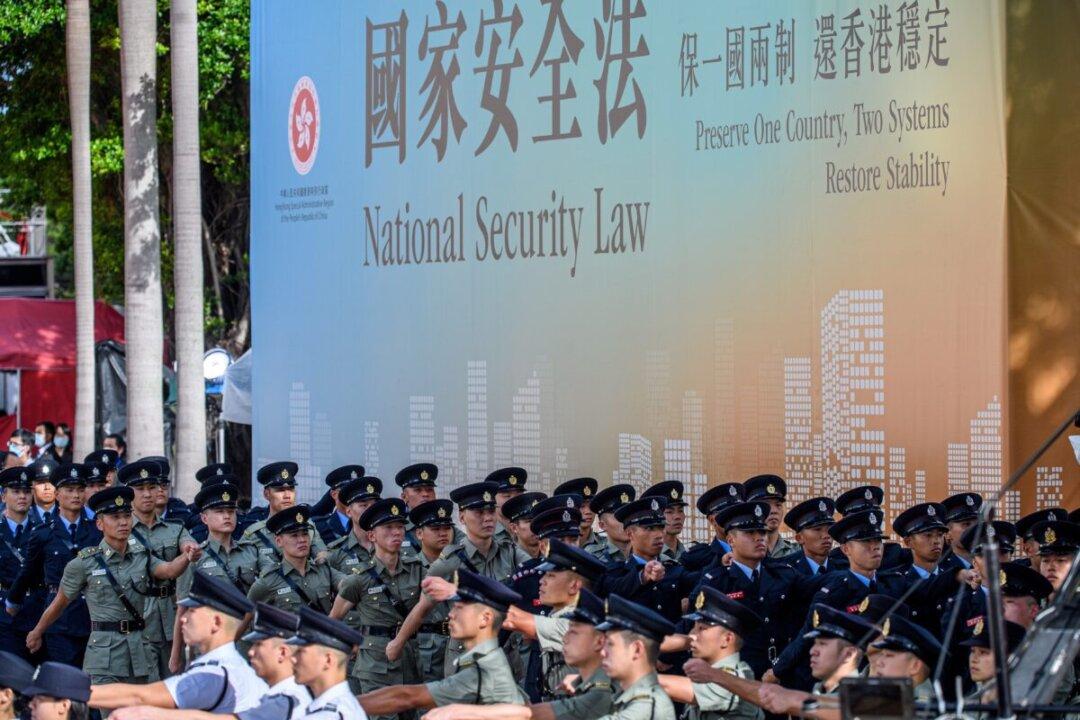Counterfeit products have been circulated in China’s electronics market for a long time. However, as the global chip shortage intensifies, a large amount of refurbished, substandard fake chips are flood the market, exposing major deficiencies in China’s quality control standards.
China Economic Observer reported a chip agent revealed that to meet the growing demand, suppliers were no longer keeping their counterfeiting practices secret. Instead, they are openly creating separate production lines to expedite the sales of counterfeit or refurbished chips. Furthermore, businesses are no longer offering the shoddy products at half price. Many are being sold at full market value.





